Children’s Play Schemas
In case you need a recap on Play Schemas then I highly suggest you head to our blog ‘What are Play Schemas?’ before reading ahead. As a very quick recap, the repetitive action of a schema allows a child to practice and construct meaning until they have mastered the understanding of the schema.
Being aware of play schemas helps in two ways:
- It helps parents and educators to differentiate between ‘behaviour’ vs ‘natural urges’ which move past the belief that a child is just being ‘difficult’
- It helps parents and educators to plan learning environments that support the development and mastery of schemas
In summary it is our job as parents and/or educators to support play schemas through learning and play.
At Growing Kind we focus on the 7 most evident play schemas in the early years. Please note there are many more:
The following is a list of resources and activities that can help you at home (or in educational settings) to support play schemas in children 0-5 years.
Trajection (trajectory or trajecting) involves dropping, throwing, kicking, swinging items; perhaps the most problematic schema of them all. A child experiencing this schema may drop their food at the table, throw toys, kick objects or people, enjoy swinging, or dropping things into containers. We can support this schema and shift undesirable behaviours (such as throwing food) into constructive play by providing children with opportunities to traject/throw in a safe environment.
If your child is exploring the ‘Trajection’ Schema then our favourite resources would be:
1. Felt Balls
Felt balls are a wonderful loose part that can be used for children exploring the trajection schema, and can later be used for older children learning to count or sort. For mouthing children we would suggest felt balls that are 5cm, for older children you can use any size balls.
2. Play Silks
Play Silks are another open-ended resource that can be used across many age and developmental stages. As an infant silks are great for throwing around and sensory play. As children grow they will begin to use silks as a cape, doll wrap or to explore other schemas such as enveloping.
Connection involves putting objects together. It might involve taping things together, connecting blocks or lego or joining train tracks. This can mean a process of connection then disconnection also, such as building a castle then knocking it over. We can provide resources that connect and join, and safely break apart to help support the connection schema.
If your child is exploring the ‘Connection’ Schema then our favourite resources would be:
1. Good old Masking Tape
3. Linking Chains such as Ringlets or Eco Chains
Rotating involves spinning, twisting, rolling or turning. Children exploring this schema are generally attracted to, and may benefit from, things with wheels, spinning, playing ring-a-rosey, riding a bike in circles or using screwdrivers.
If your child is exploring the ‘Rotation’ Schema then our favourite resources would be:
Positioning involves lining up toys, position things into order, ordering books, turning cups upside down or obsessing over items being in an exact place. Many parents worry that this stage of development is abnormal, though in an atypical child ‘positioning’ is very healthy. Allowing your child to move through this schema and have outlets for ‘positioning’ supports them without placing any of our own fears or insecurities onto them.
If your child is exploring the ‘Positioning’ Schema then our favourite resources would be:
1. Loose Parts
2. Puzzles
Enveloping is a highly evident schema; involving the children covering themselves or objects. This might look like wrapping toys in paper, laying fabric on top of dolls, playing peek a boo with silks, climbing into boxes or kitchen drawers, or hiding your keys in a cupboard. The big difference with the ‘Enveloping’ and ‘Enclosing’ schema is that enveloping is completely covered and out of sight, whereas enclosing is more of a fence /enclosure.
If your child is exploring the ‘Enveloping’ Schema then our favourite resources would be:
2. Teepes/ Pods
3. Silks
Enclosing (enclosure) involves drawing or creating a barrier or enclosure. It may involve connecting items to build a fence or drawing circles around objects. At dinner time this might look like moving food to the edge of the plate. Children may be seen building a toy barrier all the way around themselves, whilst playing in the middle.
If your child is exploring the ‘Enclosing’ Schema then our favourite resources would be:
1. Fences
2. String
3. Blocks
Transporting involves moving objects from one place to another. A child may like to move objects using baskets, wheelbarrows, buckets, pockets, boxes or their hands. Transporting becomes problematic for adults when children take everything off the shelves and place inside a cupboard or in a different room of the house. By setting up ‘transporting’ activities you can support your childs urge to transport items without the mess.
If your child is exploring the ‘Transporting’ Schema then our favourite resources would be:
1. Baskets
3. Sandpit Buckets
As a parent or educator, one of the best things about having an understanding of these urges is that we are able to recognise and support them in our children as soon as possible; meaning less stress for all.
Schema graphics created especially for Growing Kind by @inspire.learn.teach
Schema Based Resources:
Click the categories below to shop for children based on their schematic development:




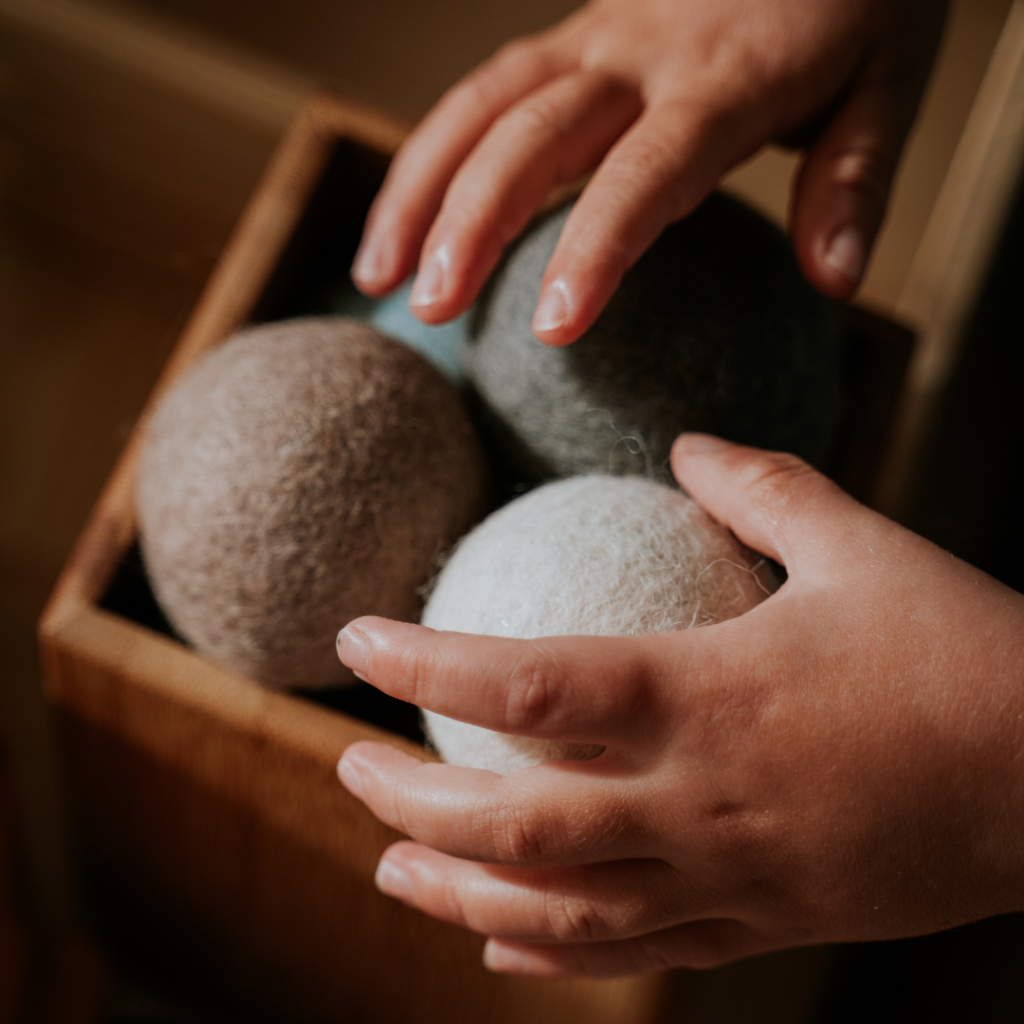
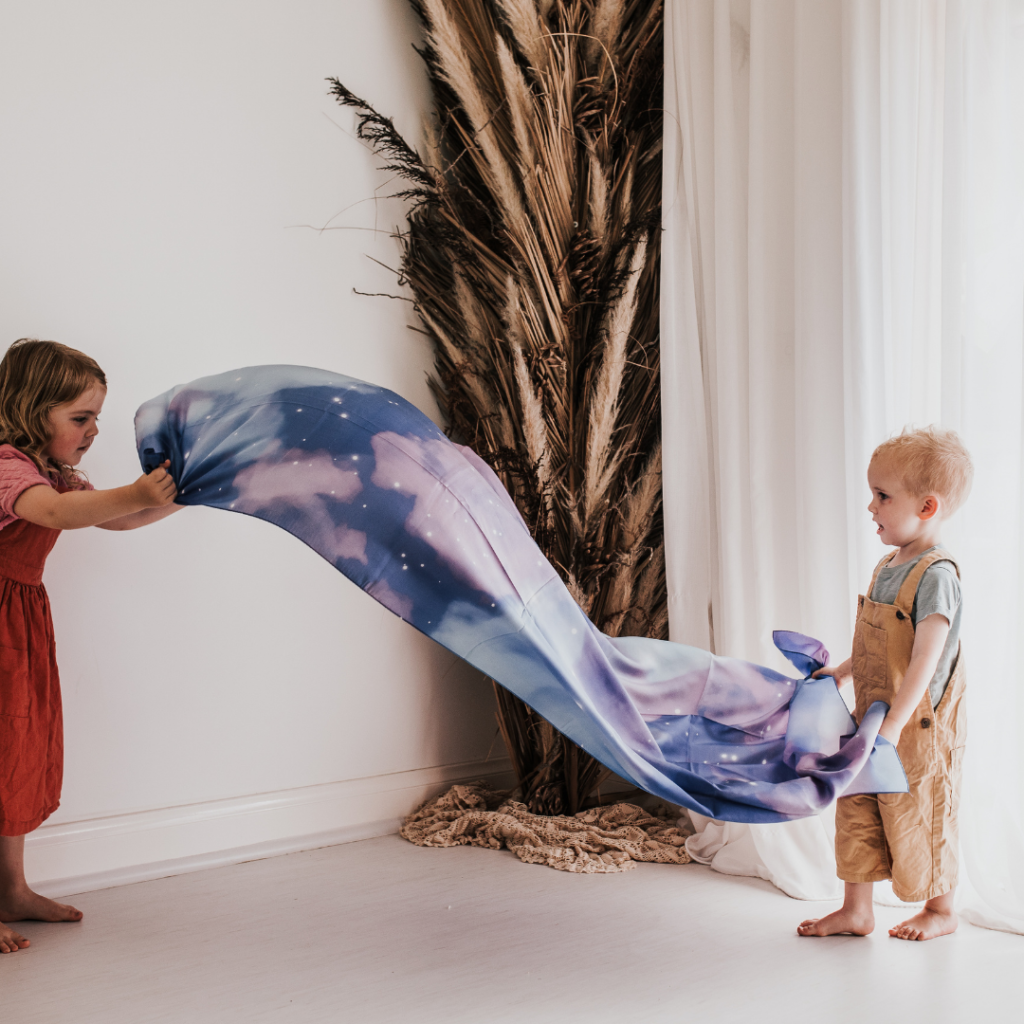
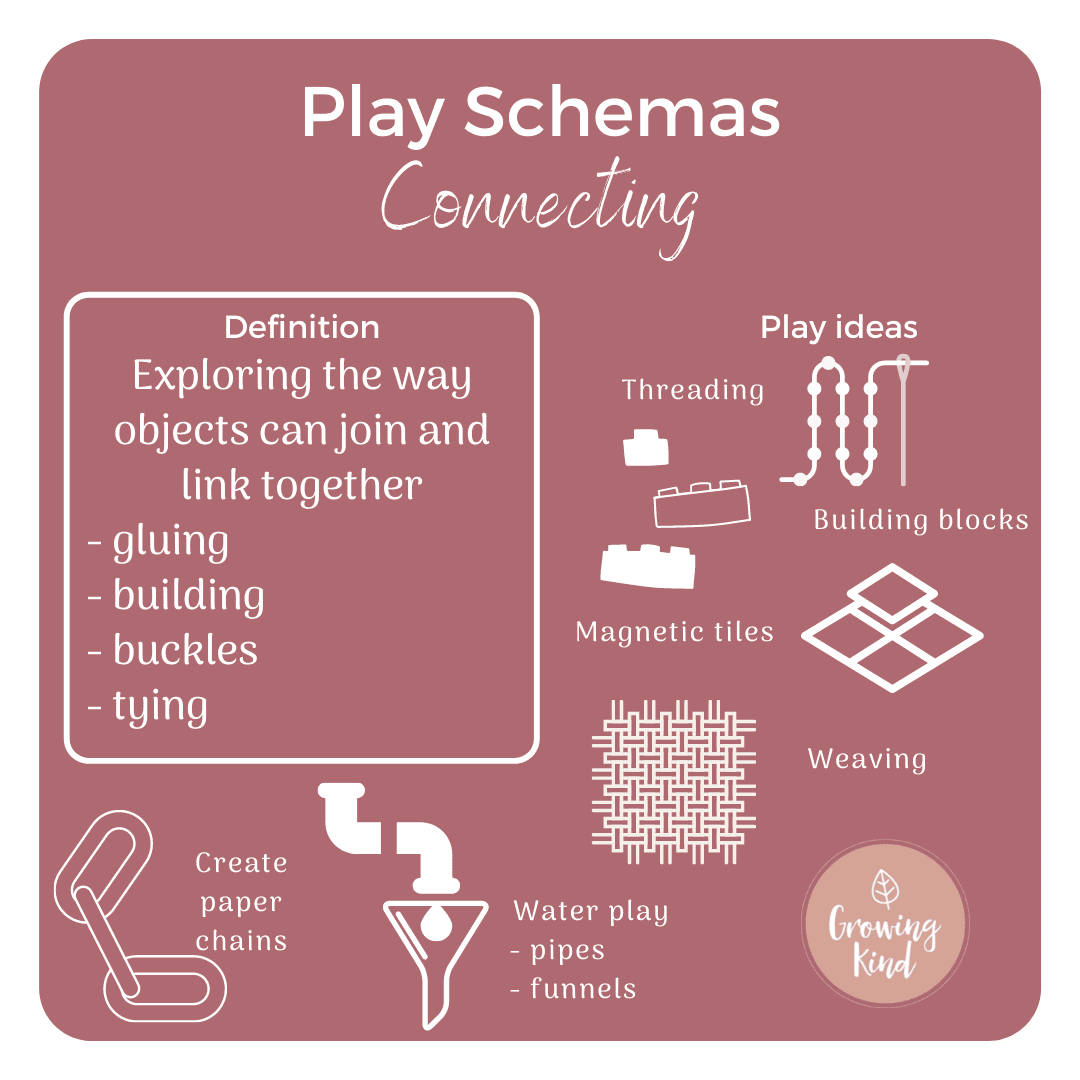


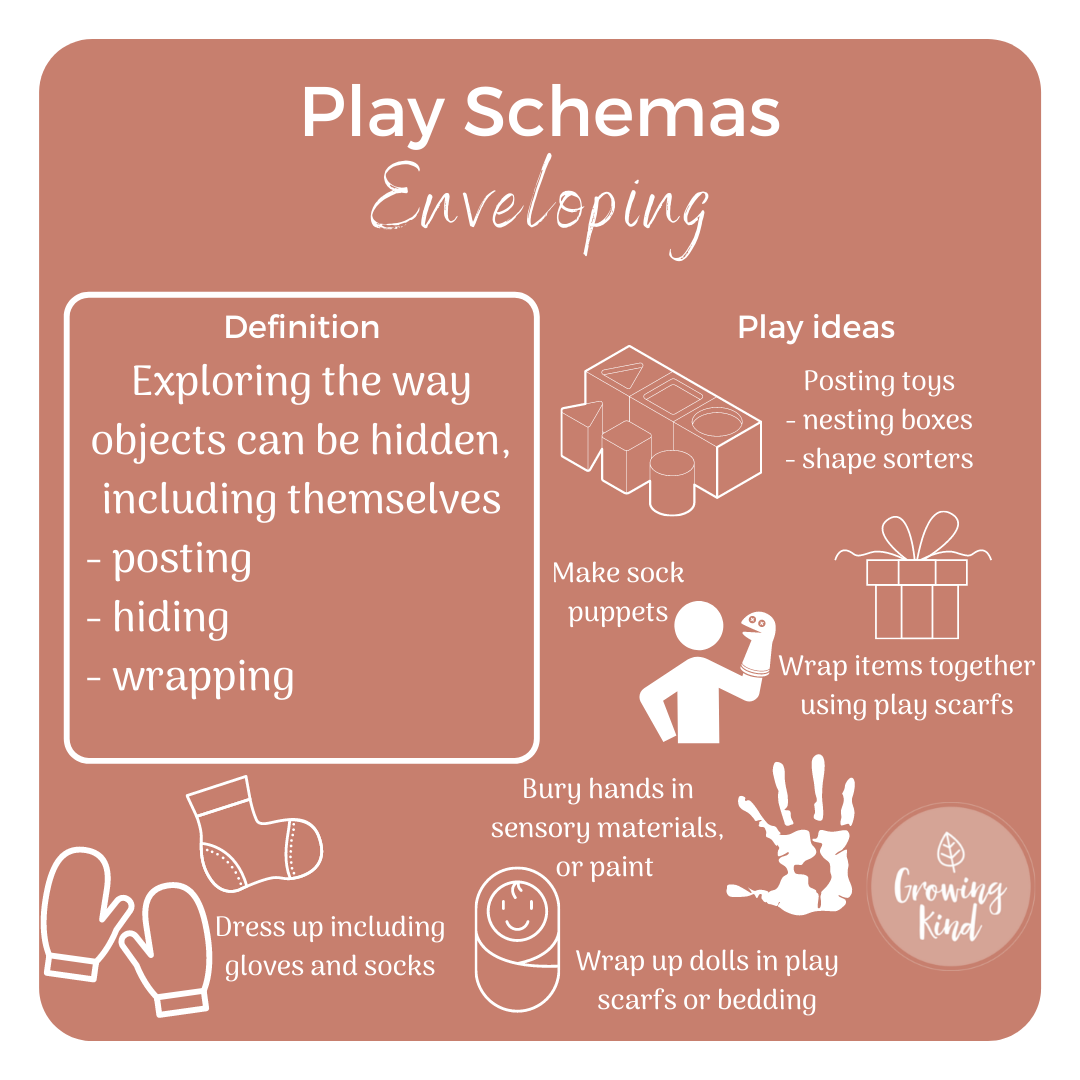







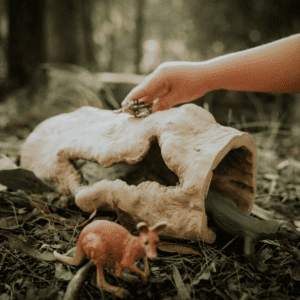






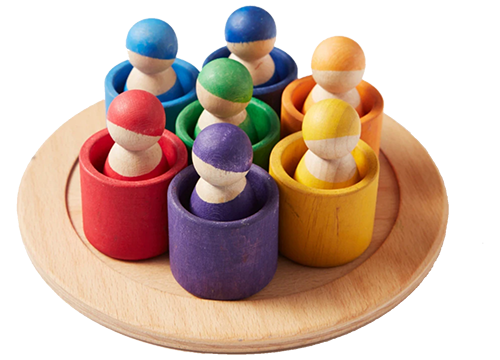


8 comments
I love these can you email these to me please
Hey Monika, We have just added a clickable PDF download to this post. Thanks Amie
Cam you please email this to me as the pdf give me an eŕror. Thank you.
Hey Judith, I have just updated the link. I apologise it didn’t work previously: https://growingkind.com.au/wp-content/uploads/2021/09/5.-Play-Schemas-Resources-to-support.pdf
Can you please email this to me as the pdf give me an eŕror. Thank you.
Hey Jude, I have just updated the link. I apologise it didn’t work previously: https://growingkind.com.au/wp-content/uploads/2021/09/5.-Play-Schemas-Resources-to-support.pdf
Im also getting an error could you send by email
Hey James, I have just updated the link. I apologise it didn’t work previously: https://growingkind.com.au/wp-content/uploads/2021/09/5.-Play-Schemas-Resources-to-support.pdf